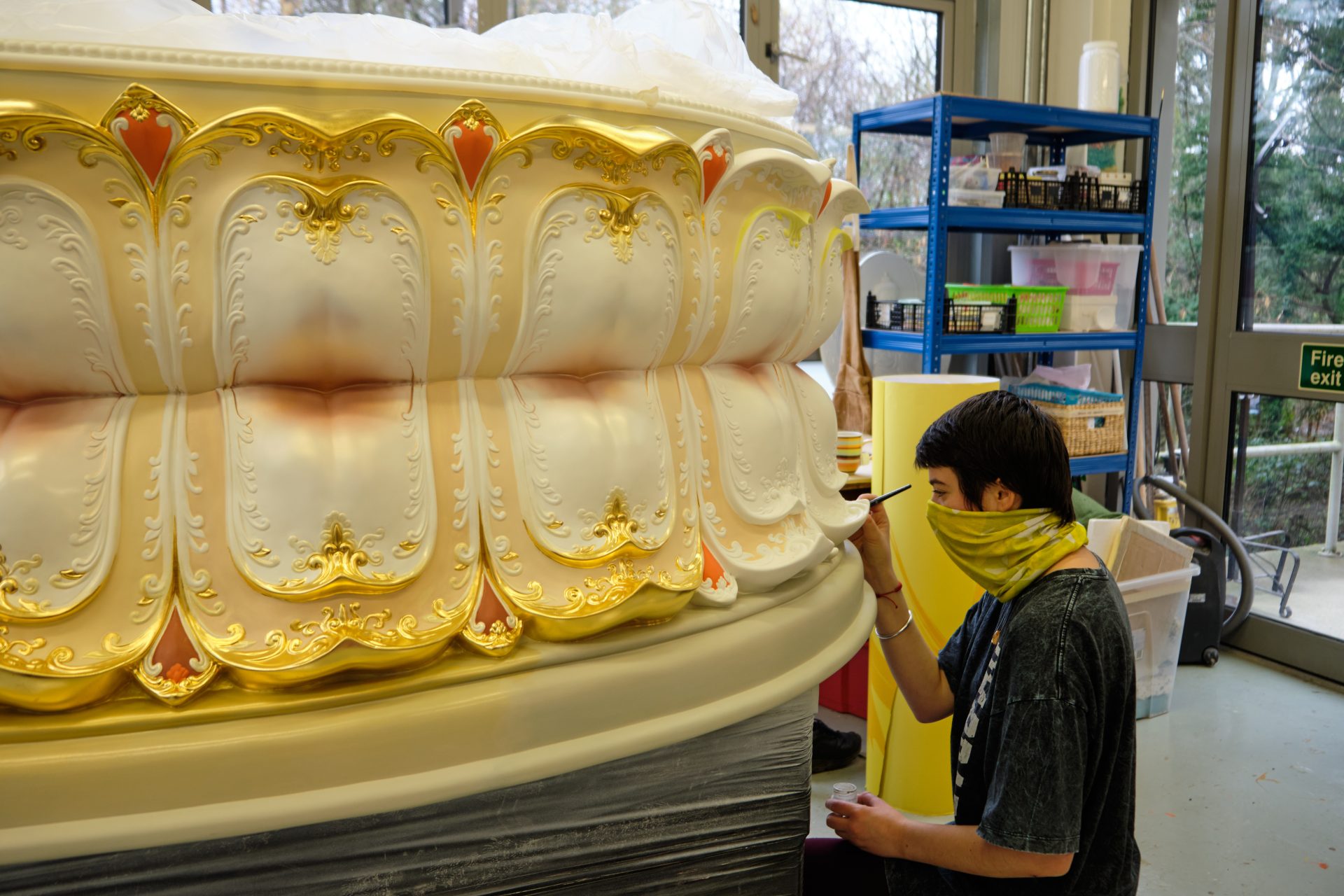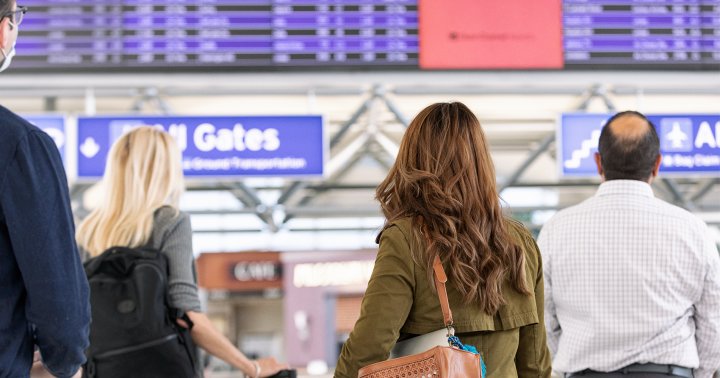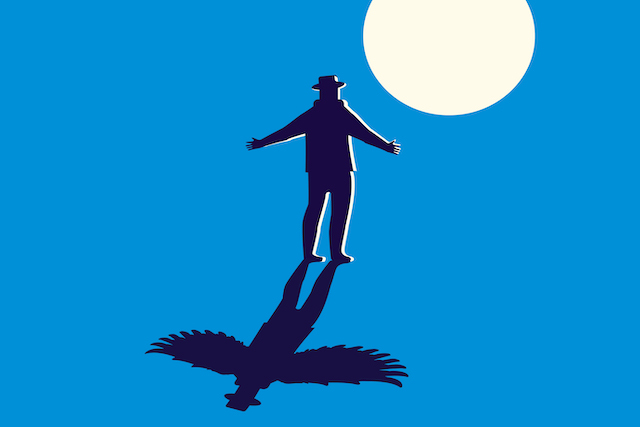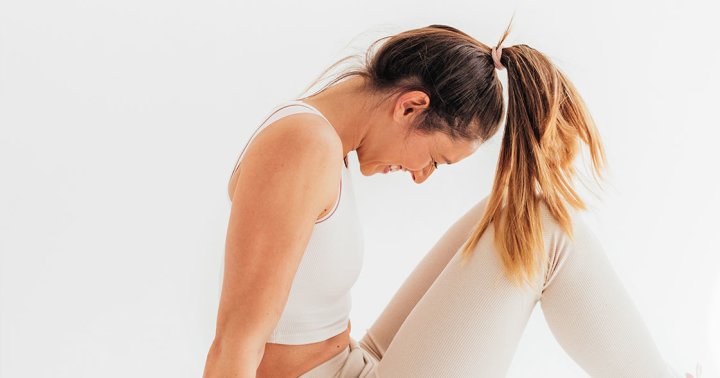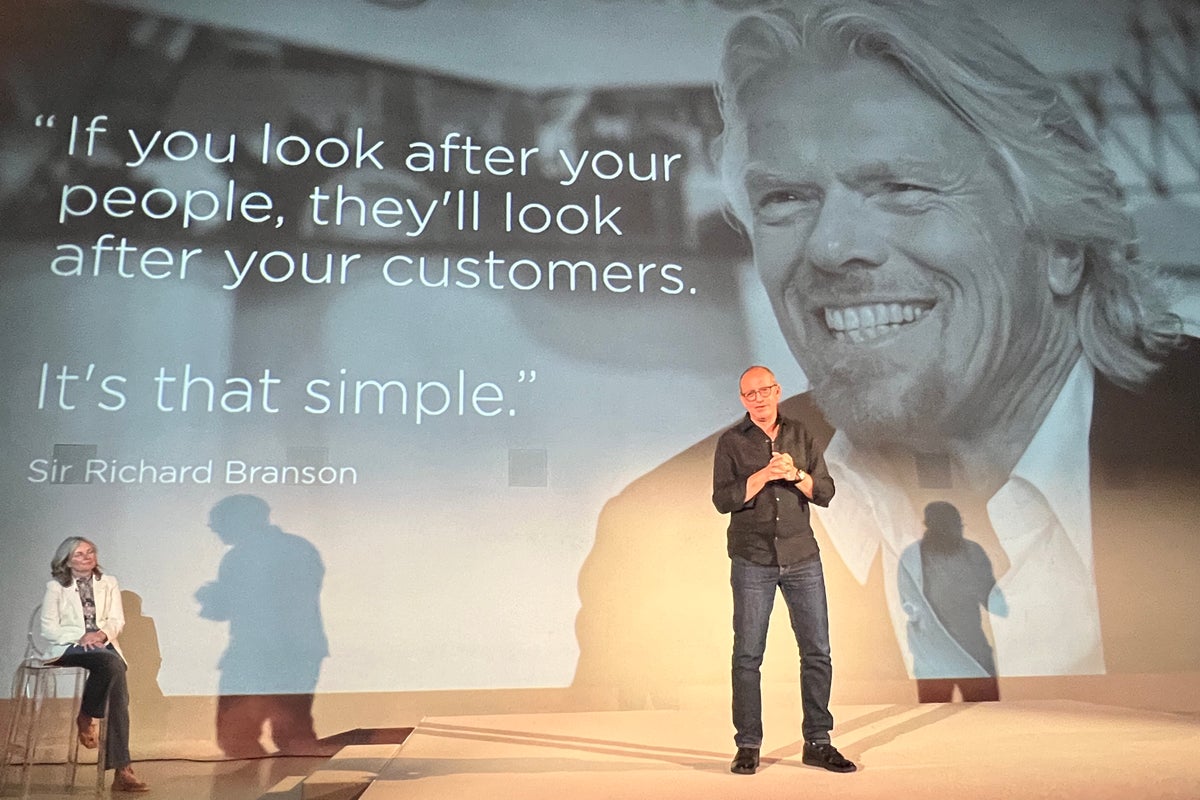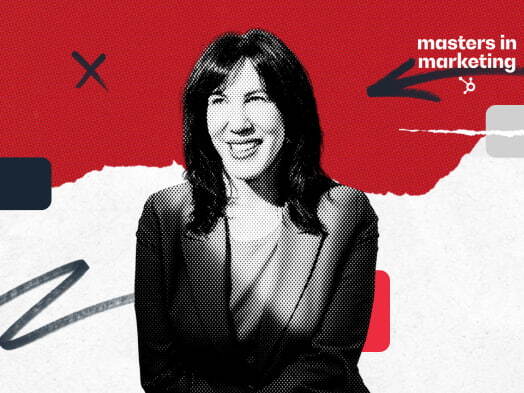Combating Ableism at the Zendo
Reflections from the Soto Zen Buddhist Association's recent Disability in Zen Workshop Series The post Combating Ableism at the Zendo appeared first on Tricycle: The Buddhist Review.
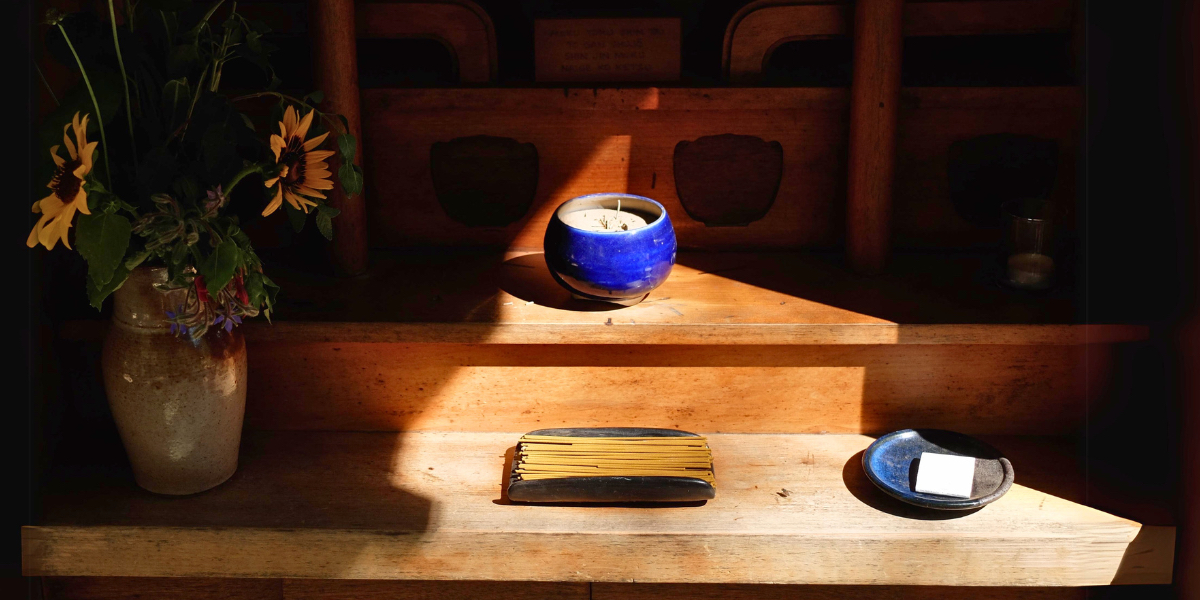
“The body is not an obstacle to enlightenment;
the body is itself enlightenment.”
–Shunryu Suzuki
Last October, the Soto Zen Buddhist Association’s Priests with Disabilities affinity group offered a two-part Disability in Zen Workshop Series. I have a specialized interest in the topic, with years of experience working in the disabilities field, particularly in home and religious settings.
The Priests with Disabilities affinity group was cofounded in 2021 by Andrea Grant and Rakugo Castaldo. Grant, who holds a doctorate in atmospheric science, recognizes that her journey in Buddhism and Zen practice has been deeply intertwined with her experiences as a disabled, neurodivergent individual, leading her to advocate for inclusivity and representation within her Zen communities. Castaldo, a Soto Zen priest and professor, is dedicated to diversity, equity, and inclusion, and works closely with the DEI (Diversity, Equity and Inclusivity) committee of the SZBA.
The conception of SZBA’s Priests with Disabilities group was a response to the challenges and misunderstandings of addressing ableism within various Zen centers, as experienced by practitioners who found formal priest training to be inadvertently exclusive. “I had no one to support me as a disabled priest in training at my sangha, nor was my teacher able to find any disabled or neurodivergent priests they could consult,” Grant says. “I finally reached out to SZBA directly, asking if there were any disabled priests I could speak with. If there are no disabled priests, how will disabled sangha members feel welcomed and that their needs and issues are truly understood?”
Grant’s grievance underscores a broader narrative in Zen communities—the profound impact of representation, or the lack thereof, on disabled and neurodivergent individuals seeking a place in these spiritual communities.
The first workshop that SZBA offered explored how disability, trauma, and neurodiversity manifest within Zen practice. It began by defining ableism as “a pervasive system of oppression that devalues and marginalizes people with disabilities.” I reflected that some of the biggest challenges I’ve witnessed over my years in the sangha have arisen when the community of practice encounters ableism. This happens when a need to find supportive adaptations is marginalized by adherence to strict forms, or when the community’s ongoing needs for physical labor trumps a healthy accommodation.
The workshop pointed to two Dogen Zenji quotes that helped to set the context when we began our discussions:
“To fully engage without sparing your bodily life is to mature your practice of the dharma.”
“Love and respect our body, mind, and self that are engaged in this continuous practice.”
Read one way, Dogen encourages embracing one’s entire being, including any disabilities, suggesting that the depth of practice and sincerity is more important than conforming to a specific physical or mental standard. Read another way, “they are two views that can be in conflict—throw yourself in so completely that you don’t even spare your life, or take care of yourself kindly,” reflects Dhammadīpā, a SZBA board member and teacher with a background in the Theravada tradition and ordained in the Shunryu Suzuki lineage of Soto Zen.
“If there are no disabled priests, how will disabled sangha members feel welcomed and that their needs and issues are truly understood?”
SZBA board and planning group member Koshin Steven Tierney notes how Dogen’s verses pose a challenge, to move away from seeing disability as “a problematic characteristic that needs correcting, normalizing, or eliminating” and to ask ourselves “how we can truly create and support forms … that welcome everyone.” Dhammadīpā offers her own reflection:
“If our understanding of ritual is not based in the dharma, then ritual becomes mechanical. It becomes a set of movements that is prescribed, and it is taken up as a collection of rules. However, when ritual is understood as the embodiment of the dharma, then it can take shape and respond to the needs of these very bodies in which we live.”
The second workshop delved into the more practical aspects of Zen and priest training. We navigated intricate discussions surrounding training essentials and how these intersect with the needs and capabilities of practitioners with disabilities. This exploration was not just about adapting to disabilities but also about honoring the diversity that each individual brings to our Zen practice.
“Though I often experience sensory overload of various kinds—like lights, sounds, and smells—I stay on the cushion. To manage this, I adapt by wearing earmuffs and using a hat in the zendo when more light is needed, but not during zazen when the lights are subdued,” says Anlor Davin, who identifies as autistic. This insight highlights her personal approach to adapting Zen practice to her own sensory needs, exemplifying the importance of individualized accommodations in spiritual settings.
Throughout both workshops, it becomes evident that there’s no one-size-fits-all method, especially when it comes to accommodating diverse needs. Each lineage, with its unique practices and perspectives, offers valuable insights into how we might inclusively adapt our training methods. The richness of these varying approaches opens up possibilities for more accessible and flexible practices, catering to a wide range of abilities.
As Tierney notes, this goes beyond mere accommodation, which “can also be otherizing, making the person feel [singled out] and stigmatized.” Instead, it’s about actively recognizing and valuing the unique contributions that each person brings to our sangha. Ben Connelly, a member of the SZBA board, reflects: “[In the workshops I envision] Zen communities where every person’s ability is supported and celebrated.” This vision encapsulates the spirit of our discussions—a movement toward a community where diversity is not just accommodated but is integral to our collective practice.
The breakout sessions of the workshops provided a more intimate setting for us to further explore these themes. We pondered the statement, “Forms in Zen matter, but not the sameness of them,” which led to rich conversations about the core aspects of our practice, such as zazen on a cushion, full prostrations, and chanting—and how these could be adapted without losing their essence.
One of the vital insights from the breakout groups was the importance of shared expectations in Zen forms. In this regard, Hoka Chris Fortin, a workshop participant, shared her thoughts: “It was heartening to join in intimate conversation that was both deeply appreciative of our Zen tradition and its beautiful forms, and also of the ways that harm has been caused by zendo and practice standards that are not considerate or inclusive of the diversity of capacities and abilities of the bodies that we have all been born into.” Her words underscore the emotional depth and complexity involved in adapting Zen practices to be more inclusive, balancing respect for tradition with the need for change.
“If our understanding of ritual is not based in the dharma, then ritual becomes mechanical.”
The breakout sessions allowed us to deeply explore adaptability within Zen practices. Hoka Chris Fortin’s reflections on the need for inclusivity echo Andrea Grant’s experience. In an email, Grant candidly shared a telling instance: during dokusan (the private interview between a student and the teacher) in retreats, she observed how the doshi (the priest who officiates at zazen) would only address their own need for a physical break from the cushion when accommodating her, a disabled practitioner. This behavior raised critical questions about genuinely modeling self-care and acknowledging diverse physical needs within Zen practice. It highlighted a discrepancy between the spoken encouragement of “taking care of your body” and the actions observed, laying bare the complex emotional landscape in adapting Zen to be truly inclusive.
The dialogue on accessibility in Zen spaces extends beyond physical infrastructure to embrace the broader needs of practitioners. Grant notes, “Retrofitting for access is often very expensive or not even possible for many buildings, so it’s something that’s going to move slowly.” While many centers have been commended for their accessibility by some wheelchair users, this conversation highlights the nuanced requirements of a body-based practice. Grant continues, “Disability goes so much further than just whether or not the building is wheelchair accessible.” This understanding highlights the need for ongoing adaptability and flexibility to foster truly inclusive practices as well as community building, both in physical and online settings.
These workshops pushed me to rethink and reevaluate practices in light of inclusivity and compassion. The discussion of ableism as a form of systemic oppression is just the beginning. It’s crucial to recognize the real harm caused by such ingrained biases, rather than perceiving it merely as an action item on a DEI checklist. Understanding ableism—akin to the slow societal grappling with racism and other systemic modes of oppression—requires deep, ongoing engagement and not just surface acknowledgment. It reminds me that, at its core, offering Zen practice is about meeting each individual where they are, with all their unique abilities and challenges. Our discussions were not just theoretical but a call to action—to create Zen communities that truly embody the welcoming spirit of the dharma.
♦
This article was excerpted and adapted from a piece originally published on April 16, 2024, in San Francisco Zen Center’s Sangha News Journal by Brendan Crowe.

 BigThink
BigThink 







